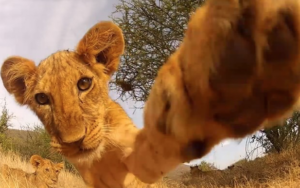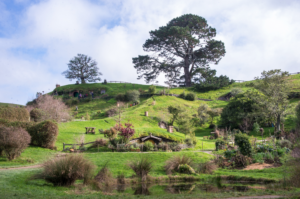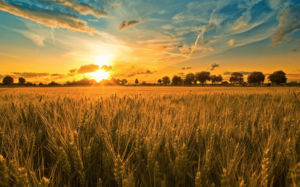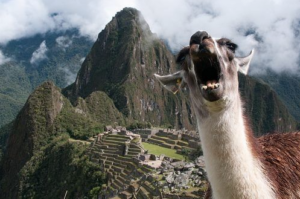Animals with GoPros may not have gone to film school or won any Oscar awards, but they may have something to teach us about filmmaking.
Filmmakers strive to create visual experiences that are both relatable and impacting. Usually, the this is accomplished by weaving a story told through the eyes of different people. But what about seeing the world through the eyes of an animal?
With the help of technology, scientists are now able to attach cameras onto wild animals in order to learn more about them. For the first time, we can see how animals behave and survive while completely free of human influence.
The following are a few lessons aspiring filmmakers might be able to learn from watching footage recorded by animals with GoPro cameras:
1. The Perfect Location Is Out There
It’s one thing to envision the perfect location in your mind, and quite another to actually find it. The fact is, one of the biggest (and most enjoyable) challenges in filmmaking is finding a location that not only serves the needs of your story but can also accommodate your production. Many filmmaker are forced to alter their scripts when the perfect location eludes them.
But sometimes, the answer may be to not give up too soon. When the National Geographic Society attached their Crittercams to a wild animal, they obtained more than just information on the animal itself; they collected environmental data and were continually astounded by the gorgeous locales these animals find. If you fail to find the perfect spot for a particular scene, don’t let it be because you cut your search short.
2. Perspective Is Important
Imagine walking through a field where there’s only waist-high wheat as far as the eye can see. The golden colors contrast with the bright blue sky and white clouds, creating a gorgeous view. Now imagine that same field as a small animal, or even a child. The tall, seemingly-endless fields of wheat may evoke a sense of claustrophobia or fear of never finding your way out — or worse, the fear of running into a predator.
The lesson is simple: there’s power in perspective. Every future filmmaker should work to understand why each of the common camera shot types are important and how to best utilize them to tell their story. The best filmmakers know which shots work best to instill a specific emotion into their audience. Read our camera shots piece to learn more about popular camera shots and why they are useful.
3. Understand Social Interaction
If there’s one thing you’ll discover by watching GoPro animal footage, it’s how social most species of animals are. From whales and penguins to wolves and gorillas, animals all over the planet interact with one another to the point where they even form their own societies! Vampire bats, for example, have colonizes ranging in the thousands that still manage to maintain a basic social structure and hierarchy.
The lesson to learn from animals? How people interact matters. Social context matters. The story beyond an individual character matters. This is why most movies receive a negative reception usually also have a cast of actors who are terrible at displaying genuine emotion. In other words, they fail to convince because you can tell they’re pretending. It’s when actors interact with one another and their world in a moving and believable way that you have viewers completely entranced by the characters. To achieve that as a filmmaker, it’s important to root your story in an environment and social context that audiences can understand.
Have a favorite animal movie or life lesson? Let us know in the comments below!



